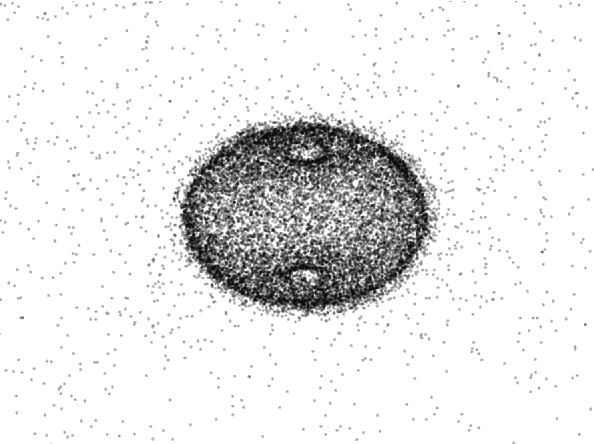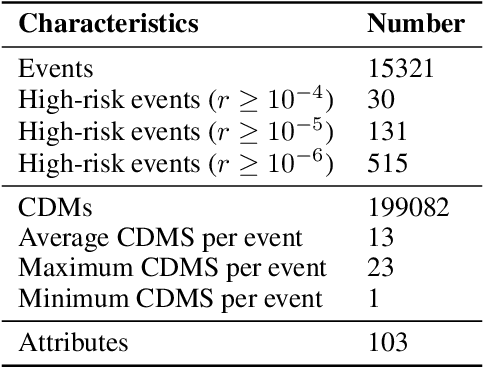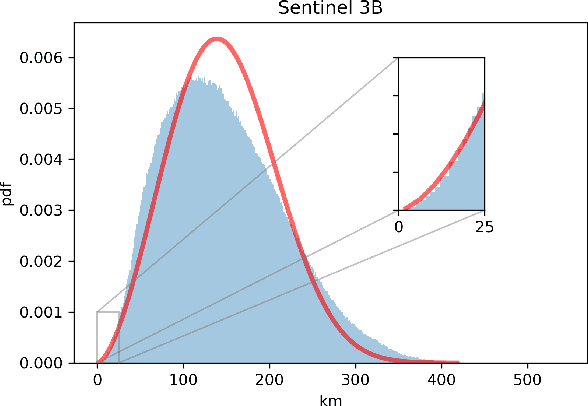Jan Siminski
Automatic maneuver detection and tracking of space objects in optical survey scenarios based on stochastic hybrid systems formulation
Sep 16, 2021



Abstract:The state space representation of active resident space objects can be posed in the form of a stochastic hybrid system. Satellite maneuvers may be accounted for according to control cost or heuristical considerations, yet it is possible to jointly consider a combination of both. In this work, Sequential Monte Carlo filtering techniques are applied to the maneuvering target tracking problem in an optical survey scenario, where the maneuver control inputs are characterized in a Bayesian inference process. Due to the scarcity of data inherent to space surveillance and tracking, model switching probabilities are not estimated but derived from the ability of the state representation to fit incoming measurements. A Markov Chain Monte Carlo sampling scheme is used to explore the region assumed accessible to the object in terms of the hypothesized post-maneuver observation and a novel and efficient control distance metric. Results are obtained for a simulated optical survey scenario, and comparisons are drawn with respect to a moving horizon least-squares estimator. The proposed framework is proved to allow for a capable implementation of an automated online maneuver detection algorithm, thus contributing to the reduction of uncertainty in the state of active space objects.
Spacecraft Collision Avoidance Challenge: design and results of a machine learning competition
Aug 07, 2020



Abstract:Spacecraft collision avoidance procedures have become an essential part of satellite operations. Complex and constantly updated estimates of the collision risk between orbiting objects inform the various operators who can then plan risk mitigation measures. Such measures could be aided by the development of suitable machine learning models predicting, for example, the evolution of the collision risk in time. In an attempt to study this opportunity, the European Space Agency released, in October 2019, a large curated dataset containing information about close approach events, in the form of Conjunction Data Messages (CDMs), collected from 2015 to 2019. This dataset was used in the Spacecraft Collision Avoidance Challenge, a machine learning competition where participants had to build models to predict the final collision risk between orbiting objects. This paper describes the design and results of the competition and discusses the challenges and lessons learned when applying machine learning methods to this problem domain.
 Add to Chrome
Add to Chrome Add to Firefox
Add to Firefox Add to Edge
Add to Edge